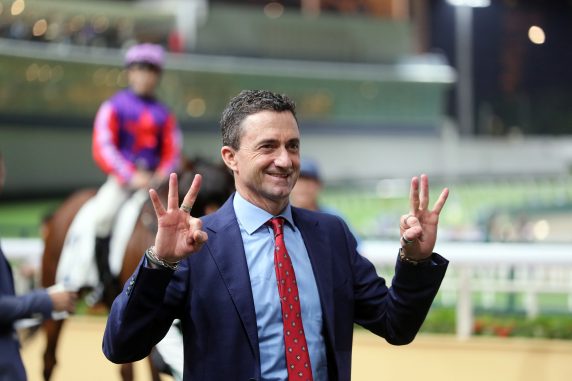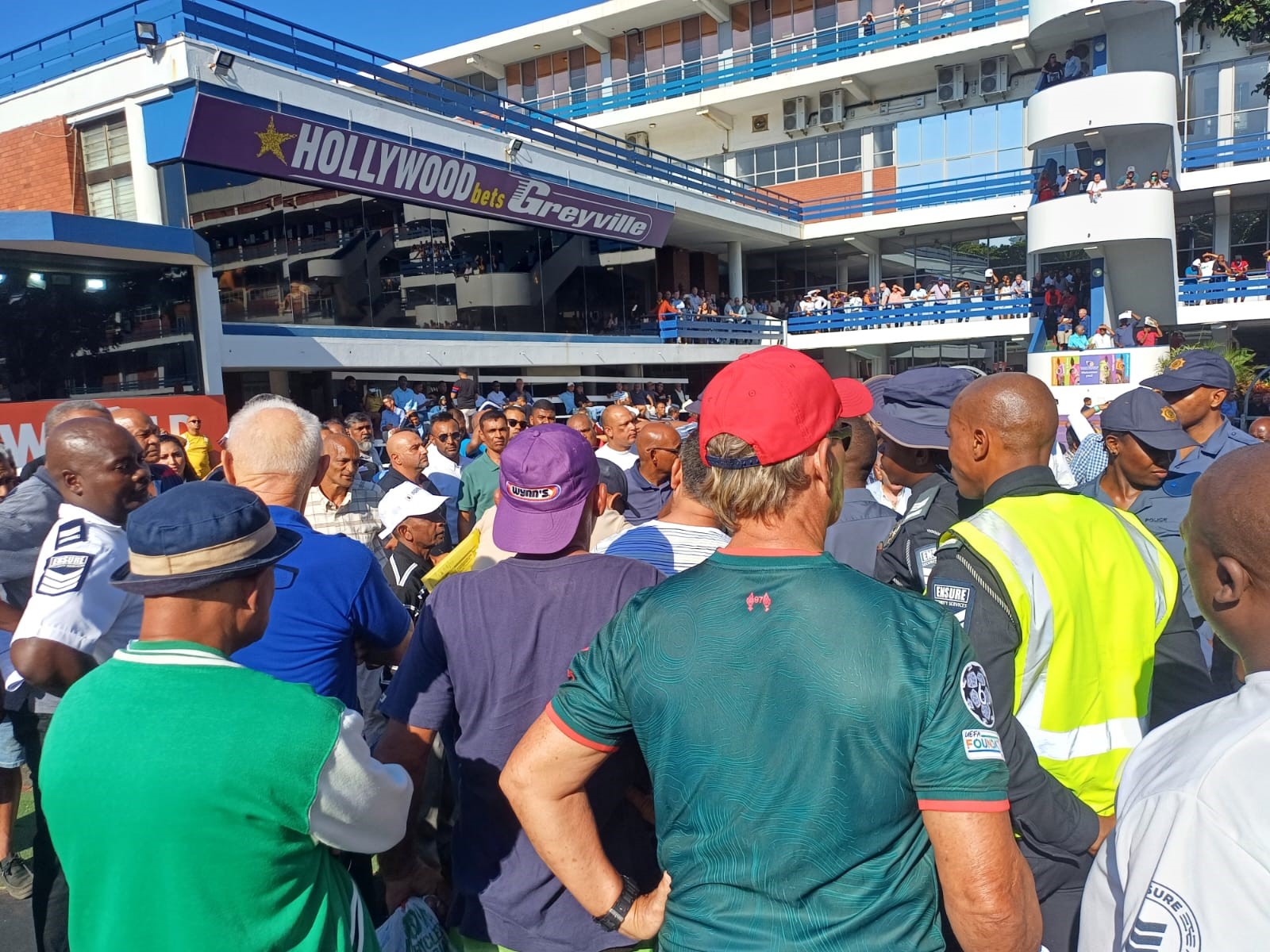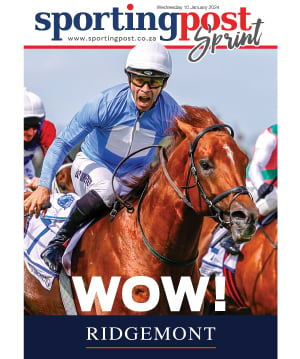Over the years, there have been many theories regarding the height of successful racehorses. From the idea that good big un will always beat a good little un, to the idea that smaller horses don’t train, there have been numerous examples which seem to disprove these theories.
From the tiny Hyperion to the Phar Lap (who stood over 17 hands), great racehorses have long been found in all shapes and sizes. The great US mare Zenyatta stood a towering 17.2 hands, while the great sire Lyphard stood just 15.2 hands high. Another top US sire, who has had a phenomenal influence on the modern breed through his daughters, was the 15.1 hands Rahy. (Ironically Rahy’s half-brother, Rakeen, sired the gigantic South African champion racehorse and sire, Jet Master).
The great US filly Dark Mirage (Persian Road II) stood just 15.1 hands – but still managed to earn a place in the US Racing Hall of Fame for her racing exploits. She won two legs of the US Triple Crown for fillies by a combined 18 22 lengths!
Northern Dancer, who has strong claims to being the sire of the 21st century, stood less than 15.2 hands high, and left behind too many top-class, small descendants to name.
Ironically, it was Northern Dancer’s small size which ensured he went unsold as a yearling! And his greatest son, on the track, Nijinsky II, by comparison, stood 16.3 hands.
It is also worth remembering that Mill Reef and Hyperion (two of history’s greatest racehorses and stallions) stood at 15.2 and 15.1 ½ hands high respectively. Between they won two English Derbies and a G1 Prix de’l Arc de Triomphe, and headed the UK general sires list a combined eight times.
The thoroughbred’s height has increased slowly over the centuries. When the breed first came into being the average thoroughbred stood 13.3 hands – pony sized literally. A century later in 1876, the average height was 15.3 – and Blue Gown, winner of the Epsom Derby, is reputed to have stood under 15.2 – while Triple Crown winner Rock Sand (broodmare sire of the great, and good sized, Man O’War), is alleged to have been a horse 15.3 high.
The racehorse of today can range in height from 15 to 18 hands.
Leading Cape breeder, Veronica Foulkes, has bred good horses of all sizes, ranging from the diminutive champion Mother Russia (Windrush) to the good sized Bravura (Silvano). She believes that size does not really play a part, but feels that an excess, either small or large, is not ideal.
Glen Kotzen, one of the Cape’s top trainers, agrees. Glen feels the size of the heart counts more than the horse’s physical height – citing his champion, Big City Life (Casey Tibbs) as being a big, imposing horse – whereas his champion filly, Lady Windermere (Western Winter), was a small filly. Both horses were leaders of their generation, and official Equus Champions.
The larger the horse, the more prone they are to lameness and various legs problems. They also tend to take more time to mature.
While Phar Lap (Night Raid) is a great example of a large horse needing time to mature, his size did not get in the way of his illustrious racing career – which lasted 51 starts and ended only after his untimely and mysterious death in America.
However, another large champion gelding, Forego, suffered chronic leg problems during his career. He made 57 starts during his career – and raced until he was eight. But Forego (Forli) was skilfully nursed through his career by four different trainers.
On the other hand, smaller horses are at an obvious disadvantage with a shorter stride, and often lack the scope to improve of a slighter larger animal. There have been numerous speedy 2yos, of small stature, who have failed to progress and mature as they got older.
Clearly, there have simply been too many top-class racehorses, and sires, smaller than average – for size to be an overruling factor in determining racing ability.
However, this seems unlikely to change the current commercial trend of buyers preferring large to little in the sales ring.
– SARAH WHITELAW









